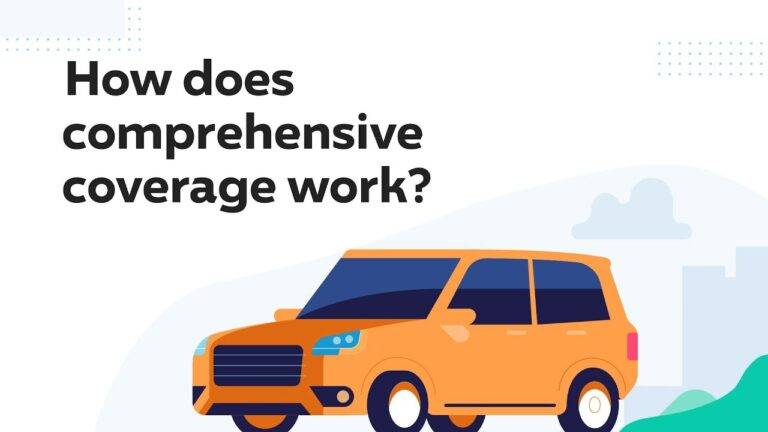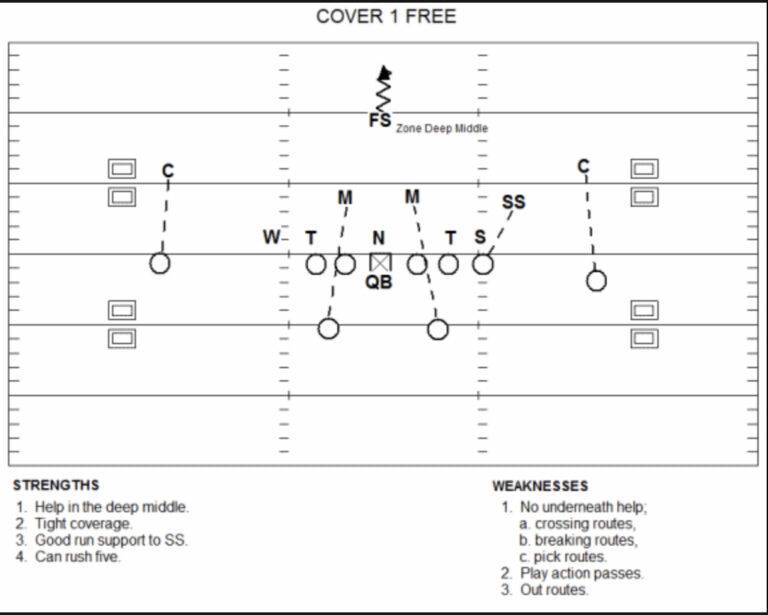The excitement of a teenager getting a driver’s license can quickly be tempered by the reality of finding suitable and affordable car insurance. When choosing Best Car Insurance for Teenagers, it’s essential to strike a balance between cost and protection. Let’s dive deeper into the key considerations.
Table of Contents
Adding Your Teen to Your Policy vs. a Separate Policy: A Cost-Benefit Analysis
One of the most crucial decisions when insuring your teen driver is whether to add them to your existing car insurance policy or purchase a separate policy. Both options have pros and cons, and the right choice depends on your unique circumstances and priorities.
Adding Your Teen to Your Existing Policy:
- Cost Advantages: This is often the most cost-effective option, especially if you qualify for multi-vehicle discounts (for insuring multiple cars under the same policy) or bundling discounts (for combining car insurance with other types of insurance, like home insurance).
- Convenience: Managing one policy is simpler than juggling multiple policies with different companies and renewal dates.
- Parental Supervision: Having your teen on your policy allows you to monitor their driving record and take corrective action if needed.
However:
- Increased Premiums: Adding a teen driver, particularly a new or inexperienced one, will inevitably increase your insurance premiums. Teenagers are statistically more likely to be involved in accidents, leading to higher risk and higher rates.
- Accident Impact: If your teen gets into an accident, it could affect your entire policy, potentially leading to higher rates for everyone on the policy.
Purchasing a Separate Policy for Your Teen:
- Limited Impact on Your Premiums: A separate policy ensures that your teen’s driving record and accidents won’t directly affect your own insurance rates.
- Financial Responsibility: It can teach your teen about the financial responsibilities associated with driving and car ownership.
However:
- Higher Overall Costs: A separate policy for your teen might be more expensive than adding them to your existing policy, especially if you miss out on multi-vehicle or bundling discounts.
- Less Convenience: Managing multiple policies can be more cumbersome and time-consuming.
Which Option is Right for You?
The best choice depends on several factors:
- Your Teen’s Driving Record: If your teen has a clean driving record, adding them to your policy might be more affordable. If they have accidents or tickets, a separate policy might be a better option.
- Type of Car: If your teen will be driving a high-performance or luxury car, a separate policy could limit the impact on your premiums if they have an accident.
- Budget: Consider your budget and compare the costs of both options to determine what’s most financially feasible for your family.
- Discounts: Check if your insurance company offers any discounts for good students, driver’s education courses, or safety features on the car your teen will be driving.

Understanding Essential Coverage Types When Choosing Best Car Insurance for Teenagers
Here’s a breakdown of the coverage types to consider:
- Liability Insurance (Bodily Injury & Property Damage): This is the foundation, mandated by most states. It covers costs associated with injuries or property damage your teen causes to others.
- Collision Insurance: Pays to repair your teen’s car after an accident, regardless of who’s at fault.
- Comprehensive Insurance: Protects against theft, vandalism, fire, and other non-collision events.
- Uninsured/Underinsured Motorist Coverage: Helps if your teen is hit by a driver with inadequate or no insurance.
- Medical Payments/Personal Injury Protection (PIP): Coverage varies by state but may pay for medical bills for your teen and passengers.
Factors that Influence Premiums When Choosing Best Car Insurance for Teenagers
Be aware of these cost-impacting factors:
- Driving Record: A clean driving record translates to lower premiums.
- Grades: Many insurers offer discounts for good students with B averages or better.
- Type of Car: Safety features matter! Older cars with airbags and anti-lock brakes can be cheaper to insure than sporty or brand-new vehicles.
- Location: Urban areas often have higher insurance costs than rural ones.
- Driving Courses: Defensive driving courses can demonstrate responsibility and often lead to discounts.
The youngest age to get car insurance varies depending on two primary factors:
1. Age of Legal Majority
- In most states, you must be 18 years old to enter a legally binding contract like an insurance policy. This is the age of majority.
- Some states have slightly different age thresholds (e.g., 19 in Nebraska and Delaware, 21 in Mississippi).

2. Getting Your Own Policy vs. Being Added to a Parent’s Policy
- Own Policy: Most insurers won’t issue policies to minors (those under the age of majority) because contracts with minors may be harder to enforce.
- Added to a Parent’s Policy: Even if you’re under 18, you can be added to your parent or guardian’s car insurance policy as a driver. This is necessary for any licensed teen who will be driving.
Important Note: Even if your teen doesn’t regularly drive but has a license, it’s usually a good idea to list them on your policy. It’s better to be safe and covered than to have gaps in insurance.
Here’s a breakdown of when auto insurance generally becomes cheaper for teenagers, along with factors that influence the timing:
Typical Age-Related Decreases
- Ages 18-19: The initial big drop often happens when a teen turns 18 or 19. This is because insurers see a slight decrease in risk as drivers get a bit older and more experienced.
- Age 25: Rates usually become significantly cheaper around age 25, as insurers view drivers in this age group as less risky.
- Throughout your 20s: You should see steady decreases in premiums as you get older and maintain a good driving record.
Factors Affecting the Timeline
- Driving Record: Clean driving history is key. The fewer accidents and traffic violations, the faster your rates will decrease.
- Type of Car: Premiums will drop faster if your teen is driving a safe, older vehicle rather than a sporty, high-performance car.
- Continuous Insurance Coverage: Avoiding gaps in your insurance coverage demonstrates responsibility and can lead to faster premium reductions.
- Discounts: Taking advantage of discounts like good student discounts or completing defensive driving courses can help lower rates at any age.
Important Notes
- It’s gradual: Rate decreases aren’t sudden or drastic year-over-year. Think of it as a steady downward trend.
- Individual variation: Every insurance company has its own way of assessing risk, so the exact age when your teen’s rates decrease will depend on your chosen insurer.
What can teens do to speed up the process?
- Drive safely: This is the most crucial factor. Emphasize the importance of following traffic laws and avoiding distractions.
- Take advantage of discounts: Ask your insurer about the available discounts for teens.
- Consider a less expensive car: If feasible, a safe and reliable older car will usually be cheaper to insure.
Best Car Insurance Companies for Teenagers
Finding affordable Car Insurance Costs for teenagers can be a challenge, but several companies stand out for offering comprehensive coverage, competitive rates, and valuable discounts tailored to young drivers. Here are a few top contenders:
- State Farm: Known for its widespread availability and affordability, State Farm provides a range of discounts specifically for teens, such as the “Good Student Discount” and the “Steer Clear” safe driving program.
- Geico: Geico offers competitive rates for young drivers and a variety of discounts, including good student, defensive driving, and multi-car discounts.
- Allstate: Allstate’s “Smart Student” discount rewards teens for good grades and completing a teenSMART driver education course. They also offer accident forgiveness and disappearing deductible options.
- Progressive: Progressive’s “Snapshot” program tracks driving habits and rewards safe drivers with lower rates. They also offer discounts for teens who take driver’s education courses.
- USAA: Available to military members and their families, USAA is known for its excellent customer service and comprehensive coverage options. They also offer several discounts for young drivers.
Smart Ways to Save When Choosing Best Car Insurance for Teenagers
- Shop Around: Don’t settle for the first quote. Compare several insurers.
- Seek Out Every Discount: Ask about good student, safe driver, and any other potential discounts.

- Consider a Higher Deductible: Raising your deductible can lower premiums but make sure you can afford it in the event of a claim.
- Encourage Safe Driving: Emphasize the importance of responsible driving – it can lower premiums over time.
- Consider Usage-Based Programs: Some insurers offer technology-based programs that monitor driving habits and may offer discounts for safe drivers.
FAQs About Choosing Best Car Insurance for Teenagers
- What’s the state-mandated minimum coverage? Requirements vary, so check your state’s laws.
- Does my teen need to be insured if they rarely drive my car? Yes, list them even as occasional drivers to ensure coverage.
- Can I get discounts for my teen attending driver’s ed? Absolutely, most insurers offer discounts for formal driver training.
The Bottom Line
Choosing Best Car Insurance for Teenagers requires careful consideration. Prioritize safety, explore your options thoroughly, and compare quotes. By making informed choices, you can find a policy that provides the right protection for your teen and your budget.
The Takeaway
Choosing Best Car Insurance for Teenagers takes research, but it’s worth it. By considering your teen’s needs, exploring your coverage options, and keeping safety a priority, you’ll find the right policy for your family.






